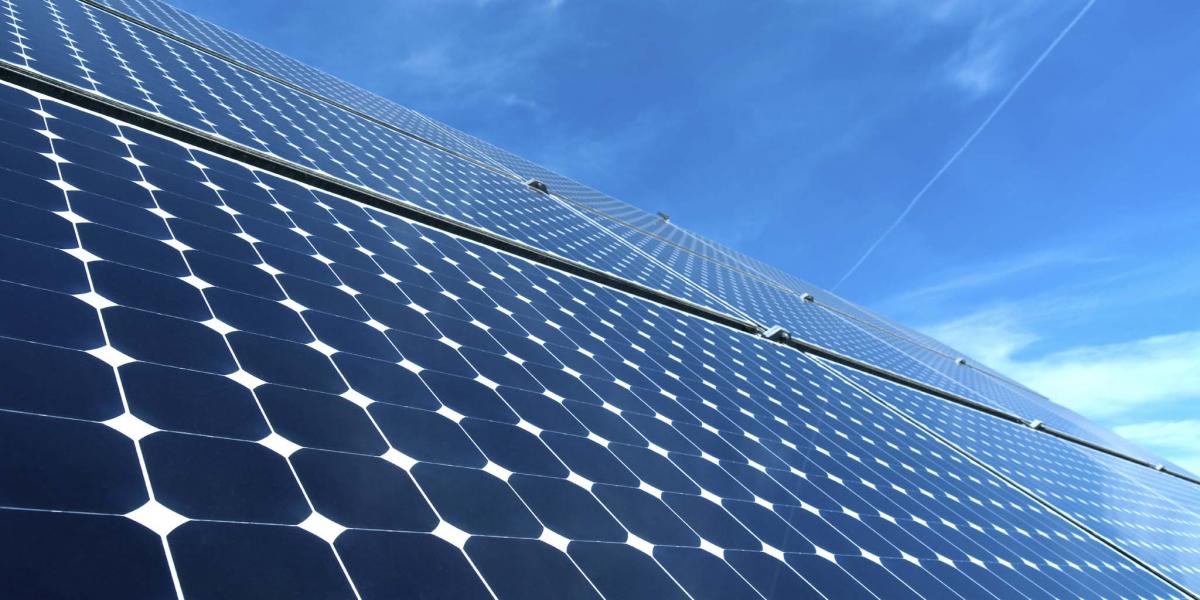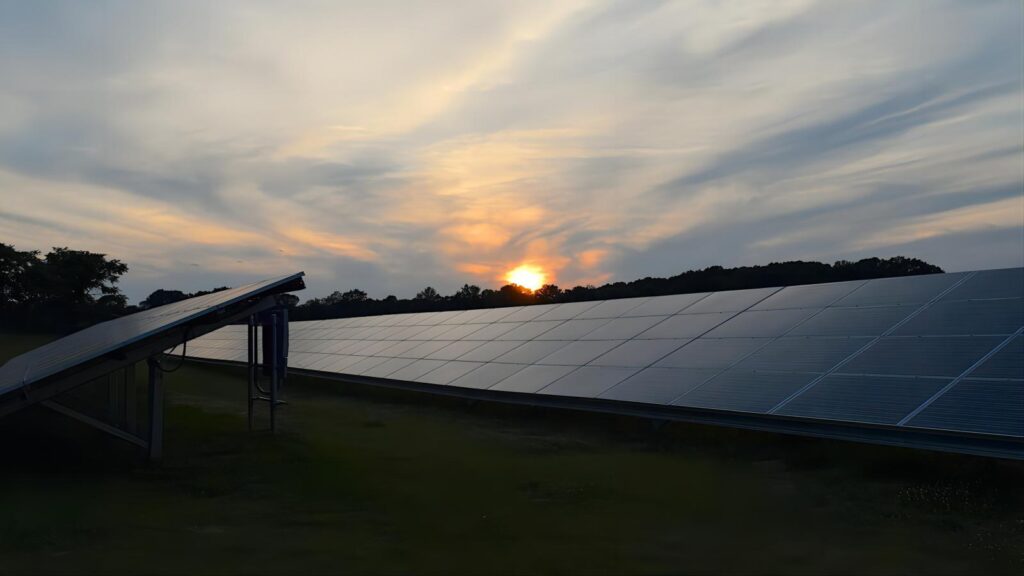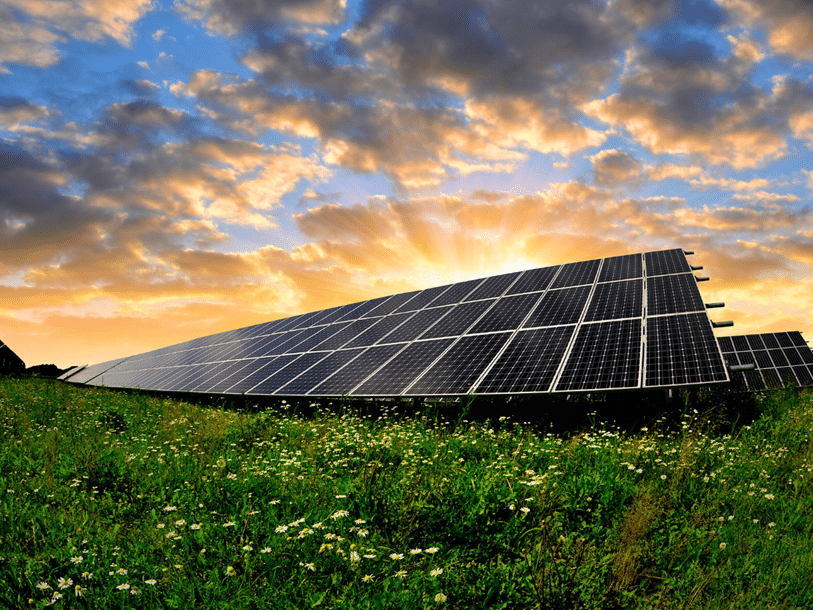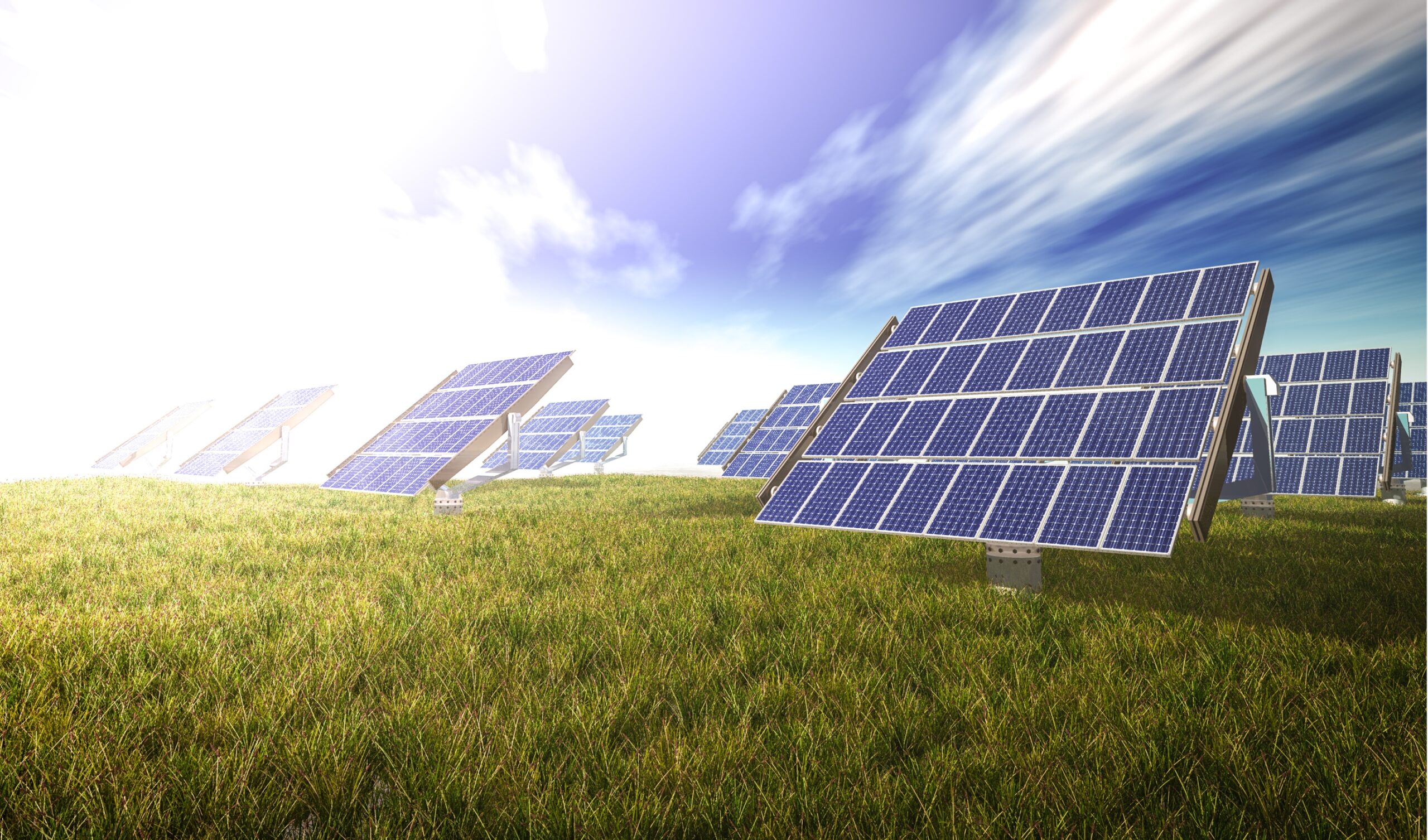A PV module is the basic unit that converts solar energy into electrical energy, composed of multiple photovoltaic cells. A PV array is a combination of multiple modules, used for larger-scale power generation, which can be connected in series or parallel to increase power output.
PV Basics
A PV system is considered a green technology, and it uses sunlight to obtain electrical energy. Its working principle is directly to convert light energy into electrical energy, and that is why we also call it "solar photovoltaic power generation." The photovoltaic cell, as the core of this kind of technology, may release electrons by absorbing photons and thus generate a current. PV systems can also operate stand-alone or together with the existing power grid, reaping the benefit of using solar power in the daytime and grid power at night.
A PV system has many components; an important few being photovoltaic cells, inverters, and cables. Each of these components has its respective purpose; however, together their job is to transform the sun's energy into electrical energy as efficiently as possible. The advantages of PV technology: it is pollution-free, noise-free, and low-maintenance, and solar energy is an inexhaustible resource. Because of these advantages, at present, PV generation is widely applied among different scenarios, including residential buildings, industries using electricity, and large PV stations, making it one of the indispensable ways for all countries in the world to transition towards clean energy.
PV systems have various applications: distributed PV, centralized PV, grid-tied, and off-grid systems. Distributed PV systems are normally installed on building rooftops to serve the building directly, while centralized PV power plants require a bigger area and are thus suitable for areas with abundant sunlight. The differences in these applications enable PV systems to meet various needs flexibly and maximize clean energy utilization.
What is a PV Module
A PV module, also known as a PV panel, is the basic building block for generating power in a PV system. A PV module is a collection of integrated photovoltaic cells that are connected in series and parallel to provide a combined current output. The PV module normally has a protecting layer of glass and an aluminum frame, which protects the cells inside the PV module from the ambient environment, thereby prolonging the operational life of the module. Generally, the whole system can output its power steadily and depend directly upon the efficiency and durability of the PV module.
Although the structure of a PV module is simple, its performance is influenced by many factors, including solar radiation intensity, temperature, humidity, and dust. Thus, in general, PV module manufacturers have to test the modules rigorously in the design and production stages to guarantee stable performance of PV modules in different environments. Moreover, the conversion efficiency of PV modules is an important indicator of the quality of modules; thus, high-efficiency modules are usually more expensive.
The type and number of PV modules depend on project requirements in practice. Only several PV modules are required to fulfill the daily electricity demand for a residential rooftop PV system, whereas hundreds or thousands of PV modules are required for a large-scale PV power station. These modules are scientifically arranged to maximize sunlight absorption and improve power generation efficiency.
Understanding PV Arrays
A photovoltaic array is a larger power generation unit that consists of a number of interconnected PV modules serving as the basic units. Because the capacity of a single PV module is small, to meet larger power demands, more modules are generally series- or parallel-connected into a PV array. An array is flexibly assembled from different scales according to needs for various applications, including small residential systems and large PV power plants.
One of the advantages of PV arrays is that they are scalable. The number of modules can be increased or decreased depending on the power needs in order to adjust the output of an array. Therefore, in an industrial power project, appropriate configuration of a PV array according to power needs can provide large-scale power during the day, thus reducing dependence on the traditional power grid. Also, during the installation of PV arrays, direction, angle, and shading factors should be taken into consideration to provide sufficient sunlight for each module to maximum power output.
In designing PV arrays, the issues of grid connection and energy storage are also to be considered. Many PV arrays feed into the grid; this allows excess power generated during the day to be fed back to the grid, thereby maximizing the utilisation of the power. For off-grid situations, daytime electricity can be stored using energy storage batteries for night usages. Whether in-grid or off-grid, photovoltaic arrays let us have flexible power usage.
Module vs. Array
In general, there is a difference in the scale and function of a PV module from that of a PV array. In essence, a PV module is an individual power generation unit made up of photovoltaic cells, while a PV array refers to many PV modules combined together to provide greater power. In other words, a PV module is a small electricity generator, whereas a PV array is a small power station.
Basically, the choice between PV modules and arrays depends on the power needs. Small applications like household electricity require a few PV modules to meet daily power requirements without requiring a large array; however, industrial power plants or public facilities usually need a large-scale PV array to support the facility with greater power generation capacity.
Designing and setting up a PV system involves proper configuration of the modules and arrays. The number and size of modules in an array are mainly determined by the power requirements, installation site, budget, and other relevant factors. Proper configuration can raise power generation efficiency, prolong the service life of the system, and cut costs effectively.
How PV Modules Work
The working principle of the PV modules is based on the photovoltaic effect. When photons in sunlight hit the surface of a PV cell, they knock out electrons. These electrons move under the action of an internal electric field created within the cell and result in current output through a wire that provides DC power. This process is a physical reaction without the use of chemical fuels or moving parts; hence, PV power generation is pollution-free and a clean, quiet form of energy utilization.
PV cells in a module normally connect in series and parallel to enhance the output voltage and current, respectively. In series, the voltage rises, and in parallel, the current increases; hence, adjustment of the output is possible per actual needs. Similarly, PV modules can operate successfully even at cloudy or low light conditions, though the efficiency of power generation may be reduced. If designed appropriately, the module can generate relatively consistent power even under poor weather conditions.
In this regard, PV manufacturers generally go one step ahead by applying anti-reflective coating on the surface to reduce the losses because of reflection of light. It is due to these technological measures that the energy conversion efficiency of PV modules has continuously increased and will continue to meet the demands of various applications.
Types of PV Modules
There are three types mainly: monocrystalline silicon, polycrystalline silicon, and thin-film PV modules. The monocrystalline silicon module is made from high-purity monocrystalline silicon. It has a high photoelectric conversion efficiency but with higher expenses. Due to this factor, it is generally utilized in areas where space is limited and higher power generation is required. These modules have been produced from polycrystalline silicon material, which offers lower expenses but a slightly reduced conversion efficiency. For this reason, they are particularly employed in large areas where the budget is limited.
Thin-film PV modules are light in weight, flexible in construction, and are made of special material suited for special applications such as building integration and mobile devices. Thin film modules have an inferior efficiency in power generation, but with a lower cost they perform well under low light conditions and are ideal for architectural decoration and innovative projects.
Each type of photovoltaic module has different characteristics, and the choice should be based on efficiency, cost, durability, and other factors according to needs. The advantages of each type can be utilized in different applications to bring more efficiency and feasibility to PV systems.
PV Array Installation
The installation of a PV array involves more than just the combination of various modules; besides that, each installation would have a direction, angle, and some obstacles. Generally, PV arrays should face toward the path of the sun so that they can receive the longest sunlight or for maximum hours. In the Northern Hemisphere, it is common practice to install PV arrays facing south in order to ensure that the panel receives direct sunlight during most of the day.
In installing PV arrays, the tilt angle is also another important factor. Usually, the optimum tilt angle is around the latitude that will provide much better efficiency in various seasons. The installation place should also be free from obstacles such as high rise buildings or tall trees to prevent partial shading and reduce its power output. Big PV arrays should have windproof and waterproof protective measures to ensure stable operation at extreme weather.
After a PV array is installed, it needs testing and calibration to ensure that the system operates optimally. Regular cleaning and maintenance will also be required, particularly for places with high levels of dust or low rainfall. This cleaning ensures no dust or dirt on the module surface, which could affect the generation efficiency, as well as the span of the system's life.




